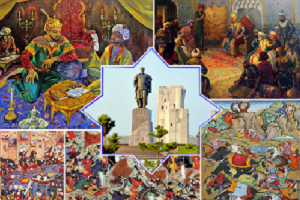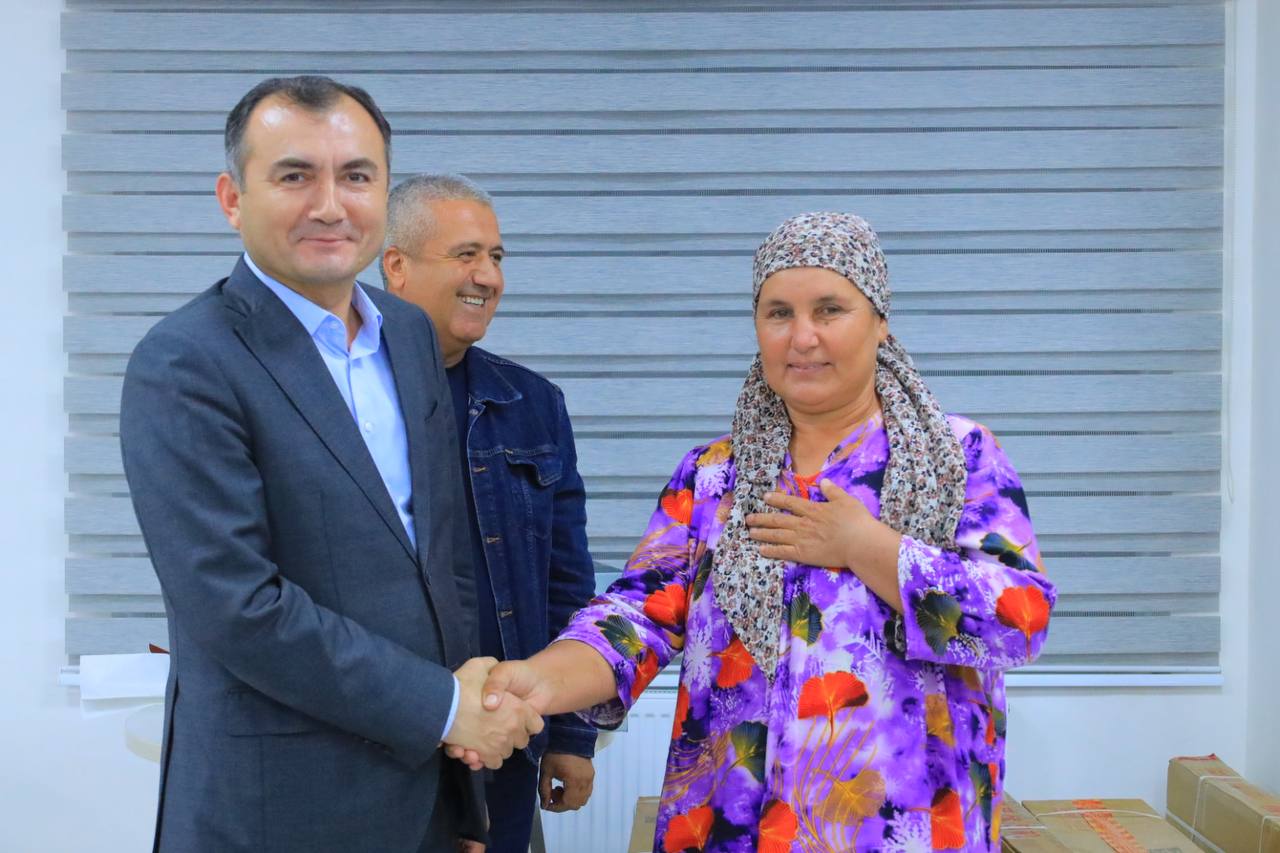Ibn Arabshah, who saw Sahibkiran with his own eyes, describes the appearance and qualities of Amir Temur as follows: “He was slim and tall with a broad forehead. His face was white and red, but he did not tan in the sun, although he was outdoors in the open air. His fingers were long and thin.
The future conqueror was born on April 9, 1336, in a noble family belonging to a famous barlas family. The Temur family lived in the village of Khoja Ilgar, located near the city of Shahrisabz (modern Kesh). The father of the future conqueror - Emir Taragay, enjoyed prestige in Maverannahr, and his ancestors were considered the elite of the Chagatai ulus. Giving states that Temur was born with white hair like an old man, holding a clot of gore in his hand.
Years passed, Temur grew, turning from a boy to a young man. 19-year-old Temur made a very strong impression on Kazagan, who was at that time the supreme emir of Maverannahr, after which he decided to marry his granddaughter Uljay Turkan-aga to the young man. In 1355, Uldjay gave birth to Temur's two sons - Omar Shaykh and Jahangir.
Meanwhile, the economy of Maverannahr continued to deteriorate steadily, which the Mongol khan Togluk Timur did not fail to take advantage of, who in 1360 attacked the province and, without meeting any resistance, managed to reach Kashkadarya.
After the Mongol khan's power was established in Maverannakhr, Temur entered his service, but he refused to manage the conquered lands personally and transferred power to his heir Ilyas Khoja. Temur refused to serve the prince and, uniting with his wife's relative, Emir Hussein, who was the ruler of Balkh, began a fierce struggle with the Mongol conquerors.
In 1370, Amir Temur during the Kurultai, held in Balkh, was proclaimed the Supreme Emir of the state Turan. The main task that Temur set himself as the ruler of Turan was to overcome the disunity between individual lands and unite them into a single state in which centralized power was established. Samarkand was chosen as the capital by Temur, where, by his order, the construction of fortifications, a palace and a citadel began. In addition, Temur married Sarai Mulk Khanum, belonging to the genus Chingizids, which allowed him to add to his title the prefix "gouragan" denoting "the son-in-law of the khan."
After Temur managed to subdue and annex the lands between Syrdarya and Amu Darya, as well as the Shash region and Fergana to his state, the ruler began preparations for the conquest.
During his reign, which lasted 35 years, Amir Temur was able to create a giant empire, stretching from Ganges and Indus to Zarafshan and Syrdarya, from the Bosphorus to Tien Shan. Active construction of madrasas, mosques, baths, caravanserais and mausoleums began in the cities.
As befits a brave commander, who spent most of his life in military campaigns, the life of Amir Temur was cut short during the offensive against China. It happened in 1405 in the city of Ortrar.
During the life of the great commander, a book was published “The Code of Temur”, which is a set of laws regulating the rights and duties of the ruler and his subjects, and also contains the rules on the basis of which the government and the army were managed. In addition, the book contains a biography of Temur and describes the most notable events that affected his life.
It should be noted that Amir Temur was not only a brave warrior, but also mastered the art of diplomacy well. During the years of his rule, Temur was able to establish diplomatic relations and establish trade relations with the largest countries of the Old World, such as England, France and Castilla.
Today, after the centuries of Amir Temur, it is safe to put on a par with such legendary conquerors as Julius Caesar, Darius the First and Alexander the Great.
Abduqayum MAXKAMOV,
Chairman of the Regional Criminal Court
"qashqadaryogz.uz"
Yangiliklar













